A picture is worth a thousand words. This saying is on everyone’s lips and is also very relevant in online marketing. Image SEO is a part of onpage optimization, but also the quality of the images and the embedding in the website contribute to the ranking at Google. SEO-optimized images not only let you rank better in the image search, but also provide an overall better visibility of your website. Next to text, images are the most important components of your presence on the Internet that are visible to users. Other elements of your website, such as the source code, are not visible to the users, but are enormously important for them to find you on the web.
What is images SEO?
SEO (search engine optimization) is the term used to describe all measures taken to achieve better ranking, especially on Google, when a user submits a search query. Image SEO is in particular the optimization of the image search. In the sense of a holistic search engine optimization, however, it is becoming more and more important to optimize images not only for the mere finding of an image file via image search. Google enriches the general search results with universal search elements. This means that images, videos or Google Maps hits that match the search query are also included in the organic search results.
For this reason, we would like to take a brief look at all relevant areas for images on the Internet and present the most important measures for optimized images. These range from the actual images, their quality, format, etc. to onpage optimization (attributes of images, surrounding text) and offpage optimization, i.e. embedding the images in your website via sitemaps and the link structures of the website.
How do images work?
Images are particularly easy for the human brain to absorb. They are therefore very well suited to get the attention of a temporally limited person or a passively just browsing person. Pictures are considered credible and are perfectly suited to arouse emotions. If a user now also comes across a result that suits him or her, in the form of a picture, he or she can hardly resist his or her intuition and clicks on it. The additional display of pictures and videos in the search results tears the occidental person out of a routine: his targeted view from top left to bottom is distracted by pictures. This is true for the pure Google image search anyway. What now catches the eye wins the competition for the searchers’ clicks.
What are the ranking factors in image SEO?
The Google image search has its own algorithm with which the content is searched and rated. For the images, it is not the usual Googlebot web pages that crawl your website at irregular intervals in search of (new) content and thus also images, but the additional Googlebot image. This can be lured quite well, in which you often offer food. If you frequently upload a lot of images, the bot will notice this and he will come more often and search your website. In addition, it can make sense to work with small thumbnails on the start page, because the bot always reads them first, before it goes further into the depths of your link structure. So if you have new articles or information, don’t hide them on a subpage, but present previews and small teasers on the start page of your website. Until a while ago, the image search in Google still ejected the image embedded in an iFrame of your website. That means, the click on the image in the image search results led directly to you and was traffic to your site. This is different now. The original web page of the image is no longer displayed, but four links lead to your page. One link is on the image itself, the title leads to you, the URL below the title and the button “Visit Page”. In addition, people can immediately share your image on social networks or via email with another button.
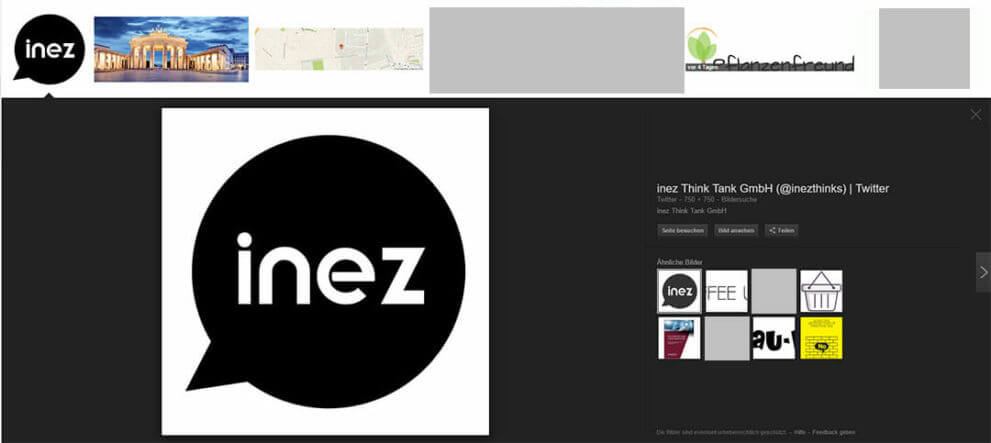

Optimization on the image
Image size
In general, you can say that Google lists large images better than small images. However, you should not reach for the stars here, but find a good compromise between loading times and the desired quality. Especially from the point of view of holistic search engine optimization, loading times are incredibly important for the ranking of a website. Avoid in any case too low resolutions. They just look terrible and do not get you anywhere. An edge length of 600 to 900 pixels is usually sufficient, you should not go below 320. If you work with a size of 1280 x 960 pixels, you are on the safe side. Please note, the image size is not equal to the file size of the image. There are different compression options that minimize your image for the web in the file size.
Image format – The aspect ratio
We recommend using the 4:3 aspect ratio. It is also possible to increase the aspect ratio up to 16:10. However, you should not upload extreme deviations from these formats. Google will either not take them into account to any great extent or will crop them in the search output, which can lead to a suboptimal display.
Portrait or landscape format?
Prefer landscape format for Google Image Search. Images in this format fit exactly into the Google layout and are displayed optimally. Portrait images quickly blend in between wide images and are not as well perceived. This only applies to Google images. On Pinterest, for example, portrait images have a clear advantage, as they stand out in the Pinterest layout and take up more visible space. Therefore, when choosing your images, pay attention to the platform on which they are to be most present. For example, if you have several images in a post, try to achieve a good mix of formats so that you can share your content well on each platform.
File name of the image
The file name is one of the most important ranking factors in the Google image search. Therefore you should name the image clearly with keywords. Do not use abbreviations or number chains. If your picture shows a sunset at the Baltic Sea, please name the file that way. People searching for images of sunsets on the Baltic Sea will be more likely to find your image. This procedure of naming file names is called speaking. Working with speaking file names and links is generally recommended. Separate words in file names with hyphens, not underscores. If you have additional information about the image that is not keyword/seo-relevant, append it to the keywords without hyphens. This way Google will most likely ignore the additional information. When naming the image file, try to limit yourself to the keyword that is most important to you. Experience has shown that Google will decide on a keyword with which the image ranks over time by evaluating the click behaviour on the image. So do not leave the decision to Google, but take it into your own hands.
Two important things about the images themselves: Google does not care in which image format (jpeg, png, gif) you provide the images. Exif data, i.e. image information such as camera type, author name, time of recording and so on, which modern cameras automatically assign to an image, can be read out by Google, but it is not yet included in the ranking.
Onpage optimization
Google cannot “see” the images itself and therefore evaluates the environment of an image. This refers on the one hand to the environment of the image as source code such as attributes, captions, file names, description etc. and on the other hand to the visible surrounding text. We will now briefly explain what you should bear in mind in the key points for onpage optimization in SEO images.
Surrounding text
The Google Bot also includes the text in the immediate vicinity of your image in its analysis. Therefore it is important that your images are placed in places where the relevant keywords of the image are also included. Try to place a subheading with the keywords that are important to you in the context near the image. The content of the written text around the image will also be analyzed and should be related in some way to the image. How exactly the bot reads this and with which relevance the search engine includes this data in the ranking is unfortunately not yet known.
Alt attribute
The Alt attribute, also known as Alt tag or Alt text, is an attribute used to describe the image in more detail. Alt means alternative and is displayed when the image itself cannot be displayed for whatever reason. Then only the description appears in a box. It should also help blind people to get an idea of what is shown on the picture by this description. This was also the main purpose of the Alt attribute, because you should always try to avoid displaying images due to other problems such as servers, incorrect image storage or browser incompatibility.
This is what it looks like when an image cannot be displayed, but is provided with an Alt attribute. Ideally, the image lies on top of it and only the visually impaired and the Google bot will read it.
Example of an Alt attribute:
Title attribute
The title attribute or title-tag causes information such as the name of the image or additional data to be displayed in a tooltip (small field with text) when the user moves the mouse over the image. The direct effect on ranking is not clear, SEO ghosts are arguing. However, you can offer your customers added value by including additional information in the title and increase keyword relevance. You can also include a call to action in the title tag and design the tool tip graphically.
Other important notes on images SEO
Internal linking and external linking
Good linking structures are generally important in a web presence. Google evaluates link structures also for the general ranking, but the internal and backlink structure has no direct influence on the images SEO. In general, Google will list images of your website if it runs under a good page rank rather than without. Internal linking can increase the authority of your site. But this has nothing to do with the images themselves.
Multiple use of your images
The multiple use of an image is positively evaluated in the Google image ranking. Multiple use means that you embed an image on several pages under the same domain. The chance that your image will be listed increases slightly. However, it is currently still difficult to understand which criteria Google uses to select which of the images that are embedded four times, for example, will be listed.
Images SEO with originality and creativity
It may seem a bit banal, but we would like to emphasize it. Although Google cannot (yet) see the images the way we humans see them, we want to reach people in the end, and we are using the possibilities that Google gives us to do so. Therefore we optimize in a way for Google, but the images themselves should above all appeal to people, awaken their senses, awaken associations and sensations. So look for high-quality, multi-value and meaningful images. If you include a grey square on your website and follow everything we have recommended in terms of image SEO, you may rank at the top of Google’s image search. Your website may be found more quickly and your image of a grey square will appear in organic search results via the Universal Search elements. But: It’s just a grey square and you will reach people who are looking for a grey square. Exciting and useful, right?
This is of course a very exaggerated example, but hopefully it carries the message that does not require any algorithms, HTML structural optimization or file systems: Be creative and original! This way you will stand out from the crowd and the assumption that Google also searches for original content will increase. Before choosing an image or motif to photograph, it is recommended to use the Google image search with your relevant keywords yourself and see which images rank there. That way you can easily find out how you could stand out from the others.
That was a lot of information at once, but there is also a lot to consider if you want to give your images more presence through SEO. Not everything can be done comprehensively and by yourself. A good link building takes time. Even before the Google Image Bot visits your site regularly, it takes a while. We as SEO agency help you through the jungle of search engine optimization. Please do not hesitate to contact us.




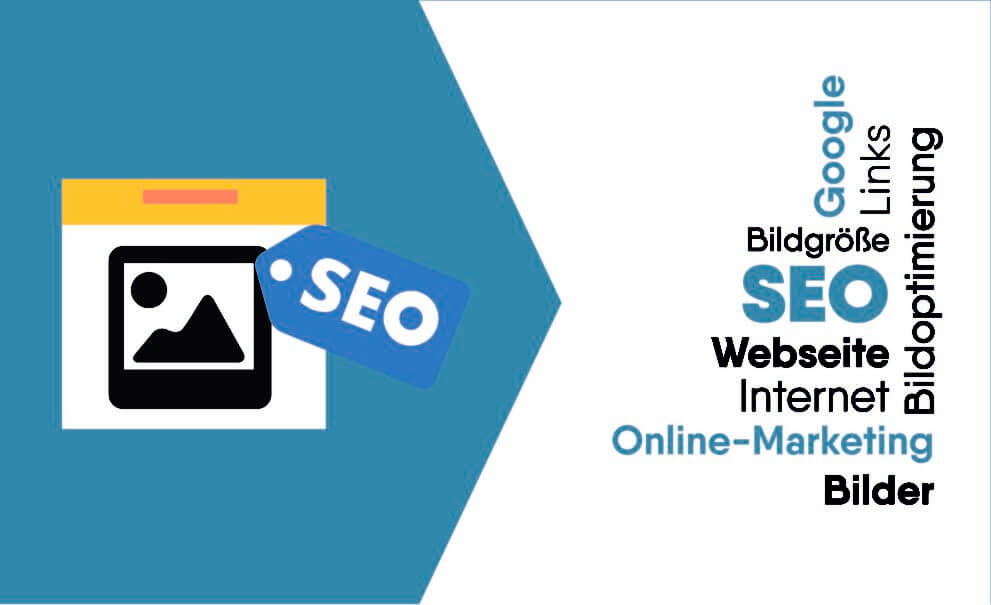
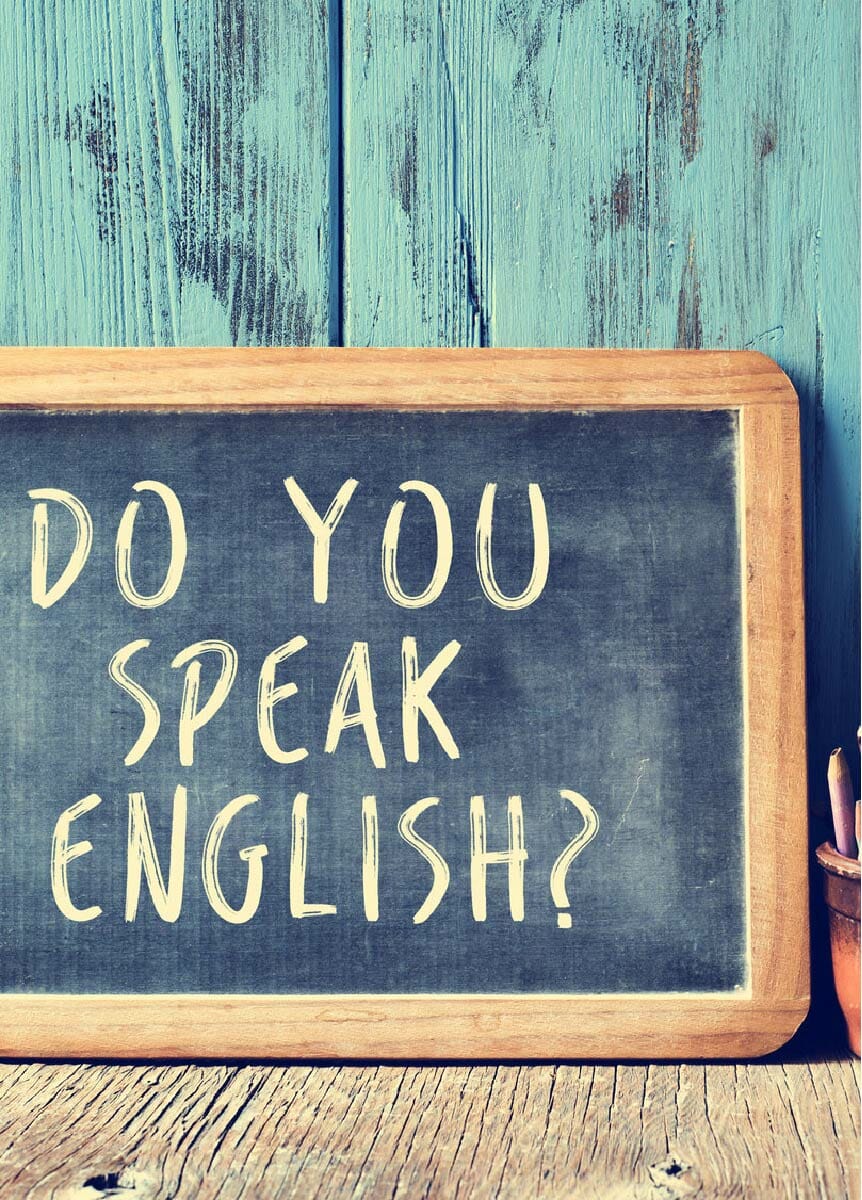
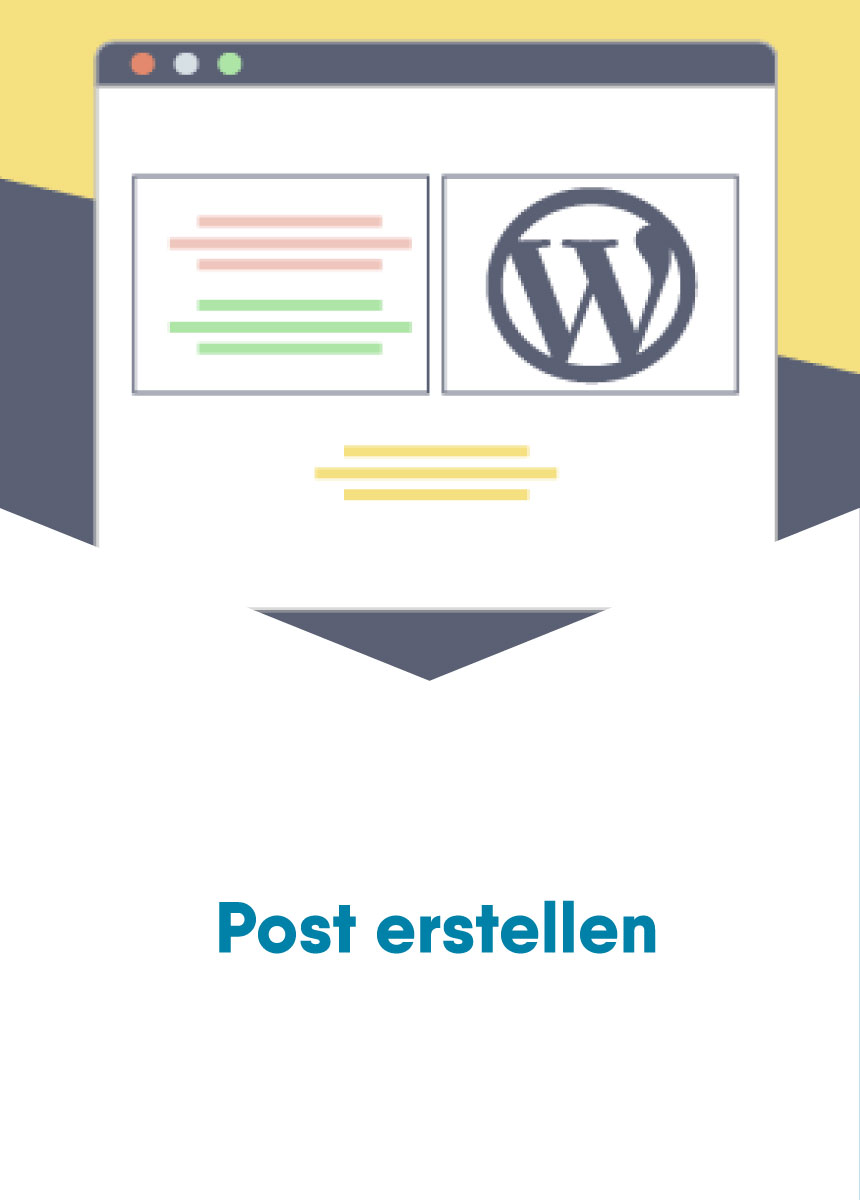
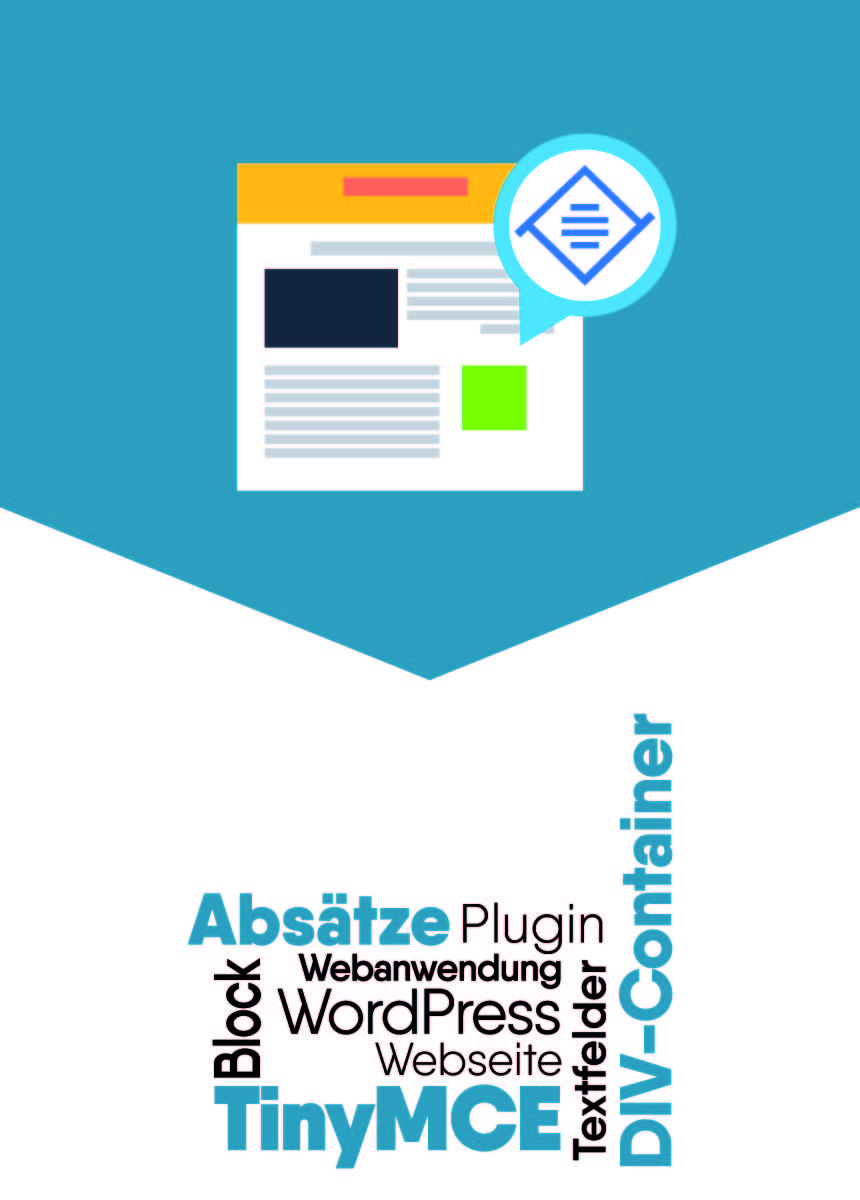

Comments